CORNWALLIS
Daniel Paul celebrates the removal of the Cornwallis statue
The statue was taken down from its perch in Cornwallis Park Wednesday

caption
Mi'kmaq members sing a traditional Mi'kmaq song to celebrate.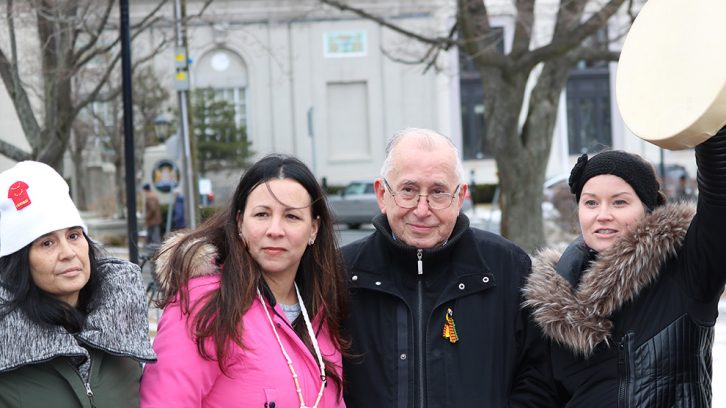
caption
Daniel Paul stands with other Mi’kmaq members to celebrate the removal of the Cornwallis statue.Mi’kmaq elder Daniel Paul celebrated the removal of the Cornwallis statue by standing on the sculpture’s former pedestal on Sunday.
Paul, author of We Were Not the Savages, was the first to talk about the scalp proclamations on the Mi’kmaq in the late 1980s, through news columns and public talks. As part of a rally on Sunday, Paul and a small group of people gathered in Cornwallis Park in Halifax, taking part in traditional singing, speeches and a smudging ceremony.
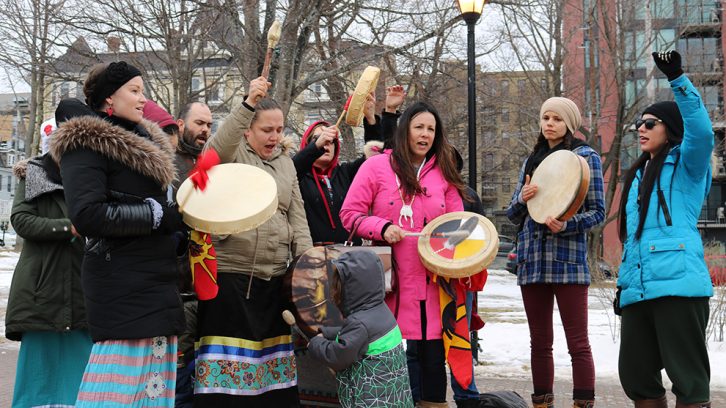
caption
Mi’kmaq members sing a traditional Mi’kmaq song to celebrate.“I think it’s a sign of progress when you see something like this happen in any city in Canada,” he said. “I hope in the future that this park gets a new name and I would suggest ‘Peace and Friendship Park’ be the name of it.”
Edward Cornwallis, the founder of Halifax, was responsible for issuing a bounty on the scalps of Mi’kmaq people. Related stories
On Tuesday, regional council voted 12-4 to take down the statue; it was removed the next day and placed in temporary storage.
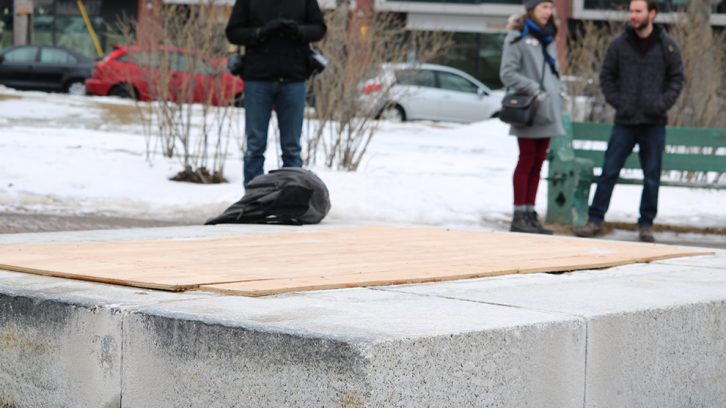
caption
The bare pedestal after the Cornwallis statue was removed.This vote and subsequent removal was a result of the Assembly of Nova Scotia Mi’kmaq Chiefs who demanded the statue’s immediate removal because an advisory panel process was taking too long.
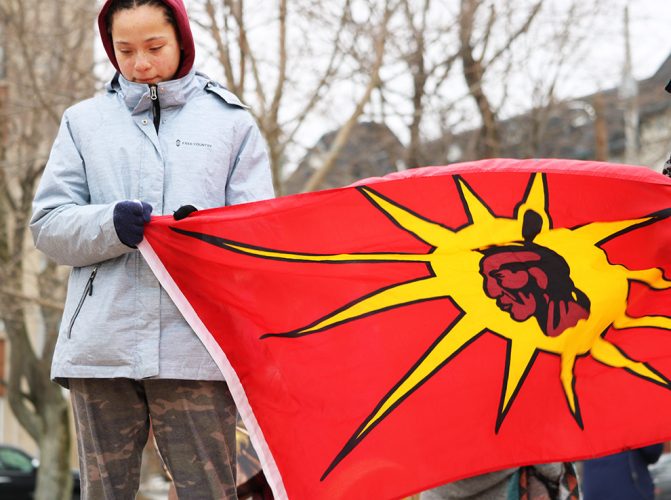
caption
Chenoah Paul holds the Mohawk Warrior flag during Sunday’s rally.Not everyone agreed with the decision though.
“We should not judge yesterday’s people with today’s standards,” said Kal Helppi, who was walking by the rally. “There’s all kinds of people in Nova Scotia that should be removed by the same standards.”
He said the statue should have remained and context should have been provided.
“I think it’s a mistake to go down this path; it’s not right,” he said.
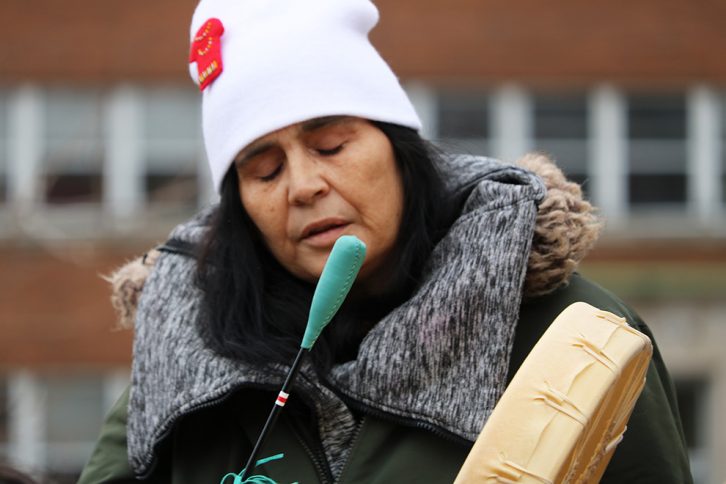
caption
Darlene Gilbert plays the Mi’kmaq drum.Darlene Gilbert, who is Mi’kmaw, challenged his response saying, “this is unceded Mi’kmaq territory and this is the first step.
“If you all want to reconcile with us, I suggest that you start looking at it open-mindedly and open-heartedly,” she added.
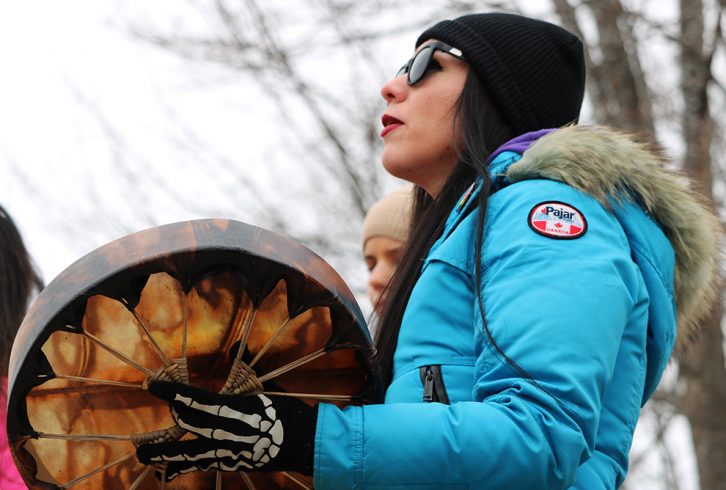
caption
Mi’kmaw activist Rebecca Moore celebrates by singing.Mi’kmaw activist Rebecca Moore said she did not expect to stand on the podium where Cornwallis once stood so quickly. She added that those who disagreed with the statue weren’t trying to erase history, but they “are actually unearthing it.”
“I think a museum is a great place and an appropriate place to tell that story and to tell the whole story,” she said.
“I hope to see a domino effect here … we are no longer glorifying a man who committed genocide on Mi’kmaq people.”
